Plaster sculptures
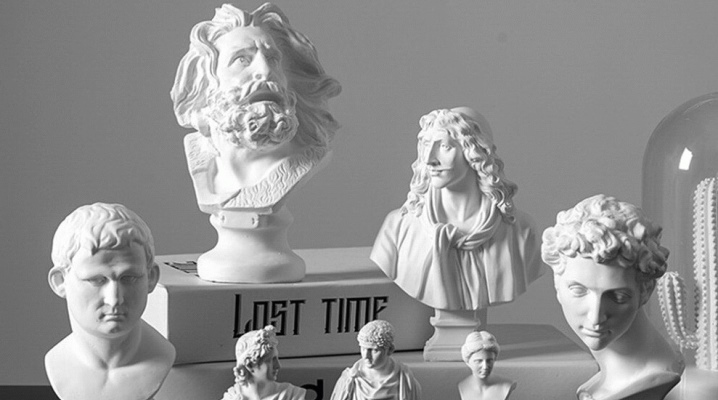
Beautiful decor is an integral part of a cozy interior. All kinds of frames, textiles, books, boxes - all this makes the design more comfortable and pleasant. However, you can decorate the interior not only with the help of purchased products. In our time, creativity is incredibly popular, so hand-made crafts will be no less valuable. One of the options for such products will be gypsum figurines.
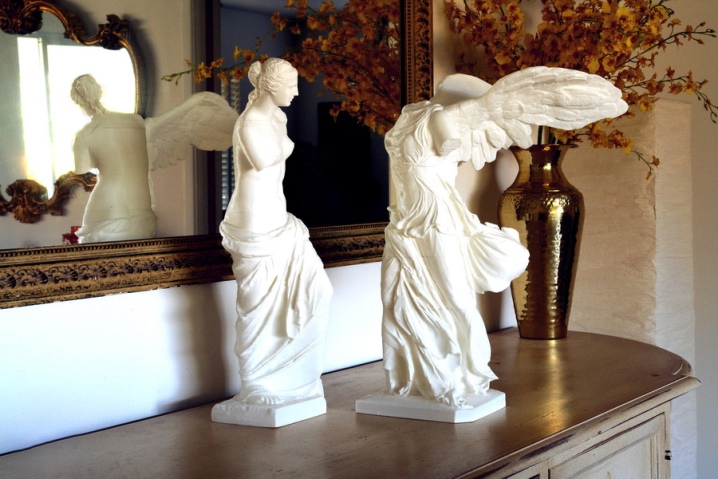
Peculiarities
Plaster sculptures began to be made in prehistoric times. Gypsum statues were especially popular in ancient Greece. Made from this material and stucco, bas-reliefs that adorn the porticoes of temples. Plaster decorations were also observed in European countries: France, Italy, Germany. Years later, the fashion for this material came to the USSR. Mainly in the Soviet space, statuettes and crafts of the following types were made:
- sculptures depicting children, including pioneers;
- busts of great Russian poets and prose writers;
- busts of leaders, revolutionaries, heads of state (the sculpture of Lenin is especially popular);
- figurines of animals - elephants, monkeys, dogs, etc.
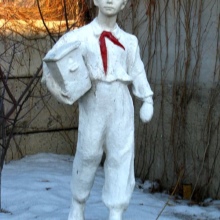
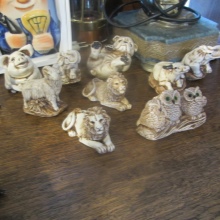
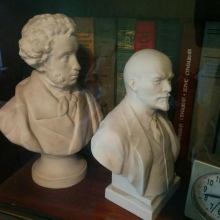
It is no coincidence that gypsum has been holding such a high bar in the world of creativity for so many years. Here are some of its main features:
- the material is environmentally friendly and safe, even small children can work with it;
- gypsum is very malleable in work, so you can create exactly the figure that you originally conceived;
- the material is very durable and is not afraid of the vagaries of the weather - remember the plaster stucco molding, which has been held on many buildings for several hundred years;
- gypsum sculptures are fireproof - this material does not burn and does not spread flame around itself.
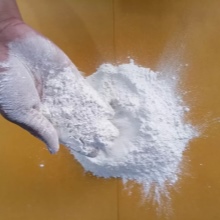
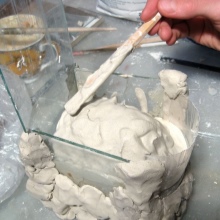

There is only one drawback of such a material: it is afraid of mechanical stress. If you drop the statuette, it will surely break. It can be glued together, but, of course, it will not be the same ideal figure.
Types and scope of their application
Today there are several types of gypsum, and not all of them are suitable for creating figurines and sculptures. So, building material is used for repair and finishing work indoors. You can also make figurines from it, but they will be less durable and susceptible to moisture. The high-strength version is used both in construction and in medicine, the polymer one is used to create plaster casts. In creativity, they mainly use sculptural (molding), acrylic and polyurethane types of gypsum.
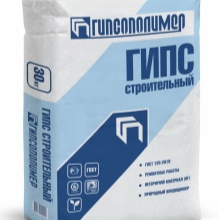
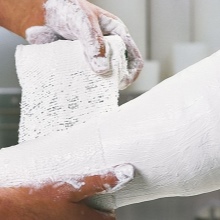
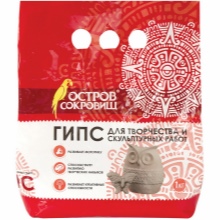
Plaster sculptures installed in a house or apartment immediately indicate that the owner of the premises has good taste. Busts are mainly used in homes, and they come in several types.
-
Easel. These are classic busts depicting different people, not necessarily famous. For example, models in the form of Greek goddesses, little girls, and slender young girls are very popular. There are also male versions of busts, and here, too, Greek solutions are becoming the most popular. The size of the bust can correspond to the real size of a person or be reduced.
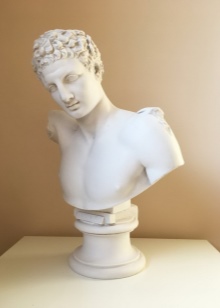
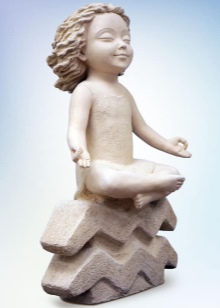
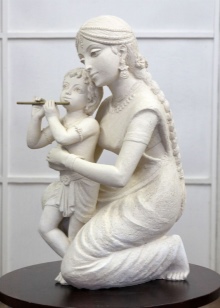
- Small. These are small busts that can easily fit on any desk or shelf. They are chamber products, produced individually under the order or in circulation.
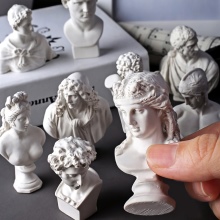
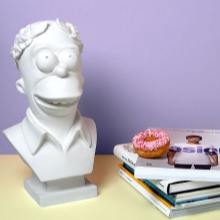
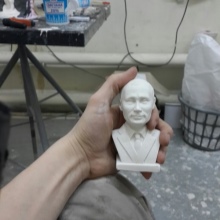
- Genre. Such busts must necessarily correspond to any style: mythology, history, allegory. The image clearly corresponds to the portrait of the figure from which the sculpture was "written off".Some artistic interpretations are also possible.
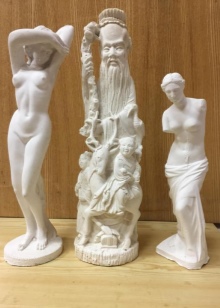
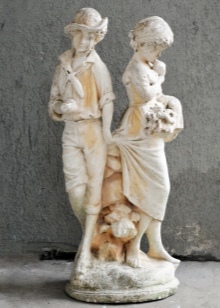
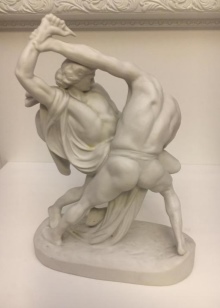
Separately, it should be noted and this type of busts, as monumental. Such busts depict famous people of the past: great poets, rulers, scientists. Often, such solutions are part of a large architectural composition. The models themselves are also scaled up. Galleries, museums, exhibitions of modern and antique art, palaces and castles are often decorated with monumental busts.
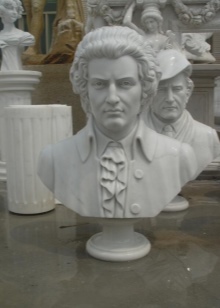
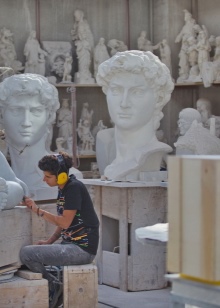

At home, such models are almost never found.
In addition to busts, figurines are often used in the interior of the apartment. Animals, fantastic creatures, angels, images of various gods of different cultures look beautiful. A full-size statue can be installed in a large, classic-style house. Most often, owners choose the following options:
- girls with fruit, a jug;
- animals distinguished by strength - lions, tigers;
- fantastic creatures - chimeras, manticores, colossi;
- Greek heroes and gods;
- angels.

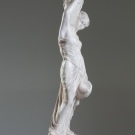
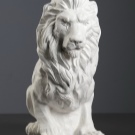
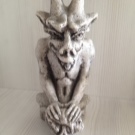
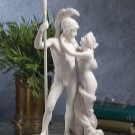

In modern interiors, plaster statues are also found, but less often. These are mainly custom-made models. They can be decorated in minimalistic, urban, futuristic styles. It all depends only on the owner's imagination.
Plaster figurines have found their use not only indoors, but also in the local area. For example, garden gnomes are very popular. These products have bright colors and attractive designs. In addition, plaster figurines are often placed in the garden, depicting:
- mushrooms;
- frogs;
- swans and other birds;
- hares and rabbits;
- dogs.
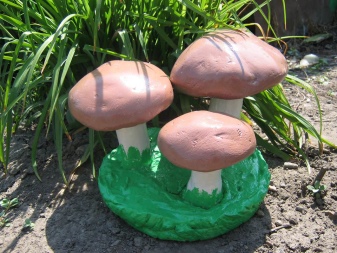
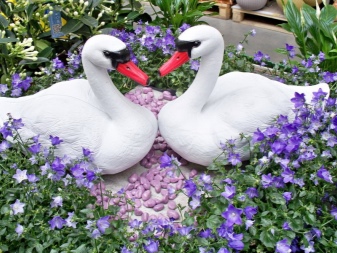
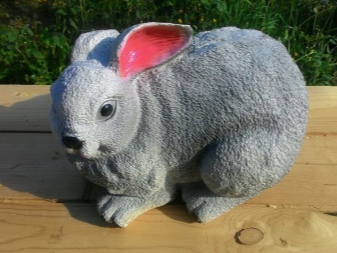
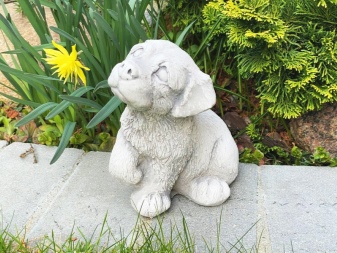
Heroes of Russian fairy tales are also very popular: Little Red Riding Hood, Gray Wolf, Kolobok and others.
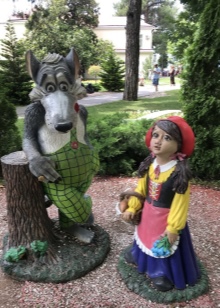
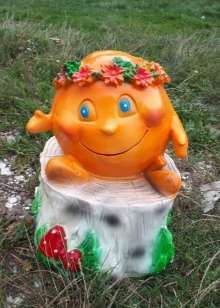
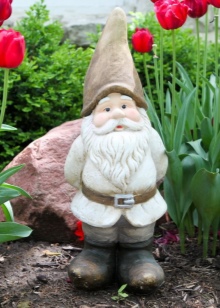
Manufacturing
A gypsum figurine can be bought in a specialized store, or you can order it from a master if you want something unique and individual. However, a more interesting and fun solution would be to make it yourself. This is quite feasible at home, and the process itself will be within the power of both adults and children. Let's consider the technology for creating figures in more detail.
- Purchase of material. The first thing to do is buy the gypsum powder itself. It is sold in hardware stores as well as art departments. It is recommended to take the material with a margin, because the first time you may not be able to do everything right.

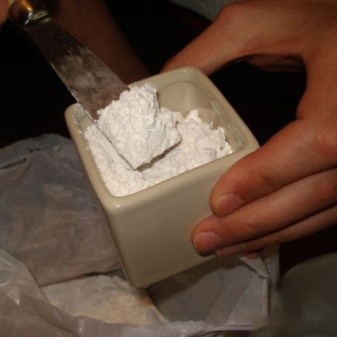
- The choice of the form. A wide range of molds for making plaster figurines can be found in art stores. A good solution would be to use silicone molds for cooking: today they can be found even in large supermarkets. If you don't like anything, you can make the form yourself. Alternatively, you can remove it from any item you like. Take an object, for example, a figurine, wrap it with cling film. Then coat the product with a layer of clay and wait until it dries. After the required time has elapsed, cut the mold and remove the object from it. Now you can start preparing the shape for filling.
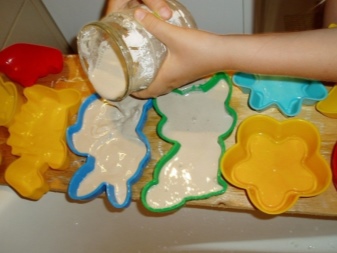
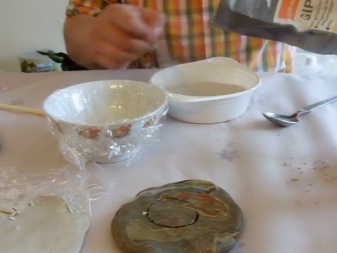
- Form preparation. This stage cannot be skipped, otherwise you simply will not be able to pull the finished product out of the mold. The process will not cause difficulties for anyone: to prepare the mold, you just need to grease it. Any vegetable oil will do, as well as petroleum jelly. Especially carefully it is necessary to coat small details. Those who have been making plaster sculptures for several years offer their own version of lubrication. For her, you need to take 2 parts of toilet or laundry soap, grated, 7 parts of pure water, as well as 1 part of sunflower oil. The ingredients are thoroughly mixed.
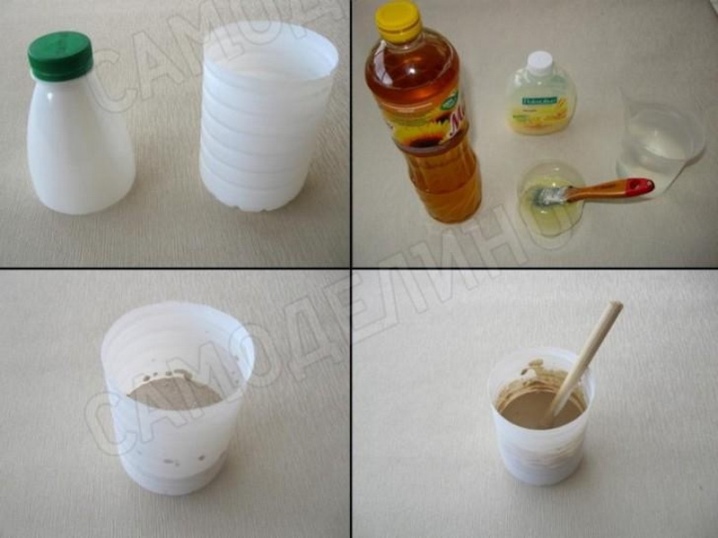
- Working with plaster. After all the preparatory work, start preparing the solution. Important: you must pour the powder into the water, and not vice versa, otherwise the gypsum will begin to clump. The most common ratio is a part of water to one and a half parts of gypsum.But keep in mind that there are different brands of gypsum, so the proportions may vary. Usually detailed instructions are given by the manufacturer. In order for the finished product to be more durable, PVA glue can be added to the water. On average, 50 ml of glue is used for 500 ml of liquid.
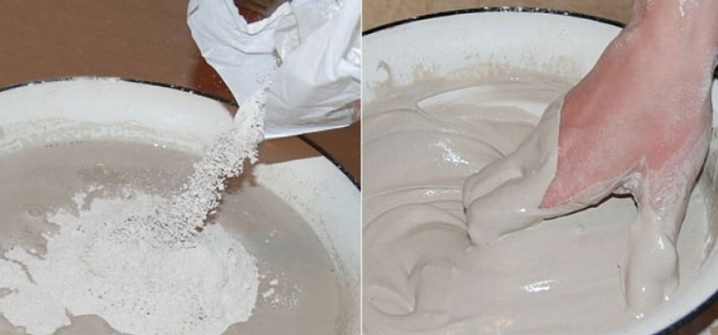
The correct gypsum solution will have the consistency of thick sour cream.
- Pouring and drying. Having prepared the solution, wait a couple of minutes, then mix well again. Pour the composition into molds and wait for the material to harden. In this case, the air temperature should be from 16 to 25 degrees. The hardened figurines can be removed and inspected. Slight errors and roughness can be quickly removed with a damp sponge. Then the products are sent for final drying. After that, you have to prepare the figure for painting. To do this, it is covered with a special primer, which can be bought at the same hardware or creative store. Models made for the street are additionally covered with a layer of linseed oil.
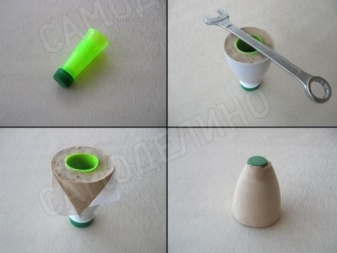
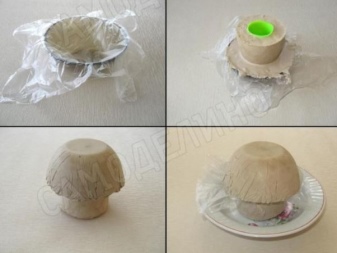
- Decorating. This is the most interesting part of the plaster figurine making process. Models intended for the home can be painted with any convenient paints. After the paints have dried, they are covered with a transparent varnish. If you wish, you can decorate the crafts with other decorative elements: pebbles, beads, ribbons.

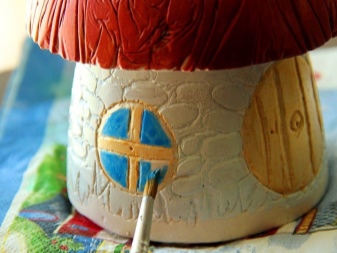
Outdoor figurines should be painted with the most durable paints that can resist the damaging effects of the sun and water.
Care
In order for the finished plaster products to last as long as possible, they need to be properly looked after. So, it is recommended to regularly brush away the dust from home figurines. This can be done with a soft cloth or a special brush. You cannot wash the figurines. If a stain is noticed on the craft, then try to get rid of it with a cotton swab slightly moistened with nail polish remover (it should contain acetone). And also dishwashing liquid is often used to remove stains. Pour some onto a sponge and scrub the stain.
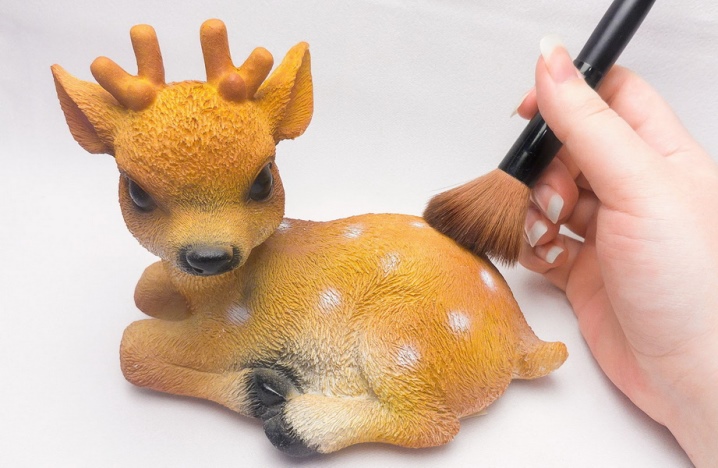
There is another good option for how to clean the product, but this is only suitable for pure white models. Pour 900 ml of pure water into a saucepan, bring to a boil. In parallel with this, they collect half a glass of cold water and pour 5 tablespoons of starch there. The resulting composition is slowly poured into boiling water, stirring constantly. You should get a jelly consistency. The solution is cooled to 45 degrees, and then a thin layer is applied to the product. When the paste hardens, it will begin to fall off, carrying dirt with it. The final stage of work is wiping with a soft cloth.
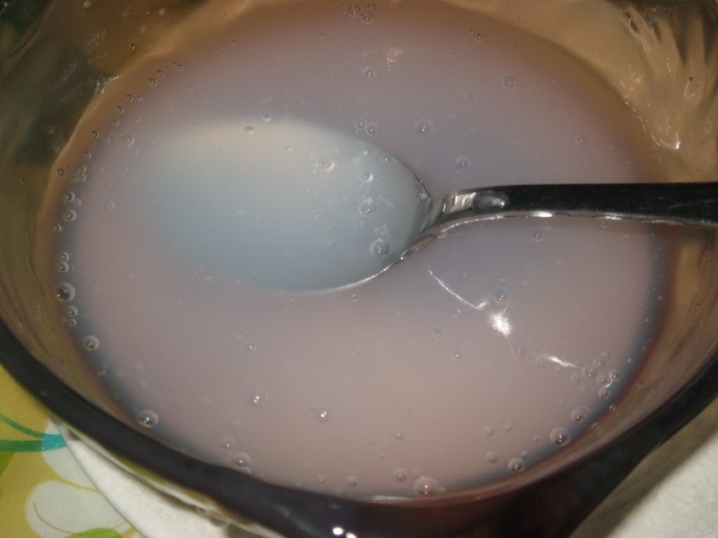
As for plaster garden figures, there are also several rules:
- remove dust from the figures from time to time;
- do not place figurines in places where moisture accumulates (the best option is pillows made of stone and rubble, stumps);
- do not leave sculptures outside in winter, bring them into a dry room;
- cover the products with a new layer of varnish annually;
- tint the figures, if necessary;
- if cracks or damage are found, restore the model yourself or consult a professional.
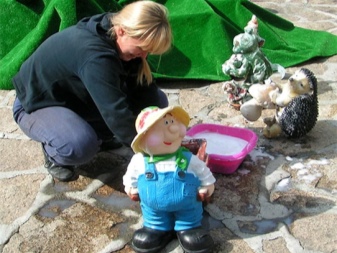
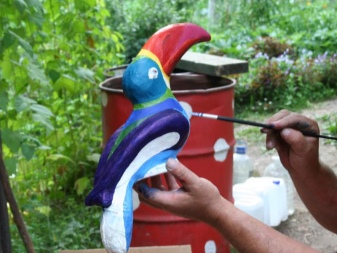
For information on how to make a decorative plaster figurine with your own hands, see the next video.













The comment was sent successfully.